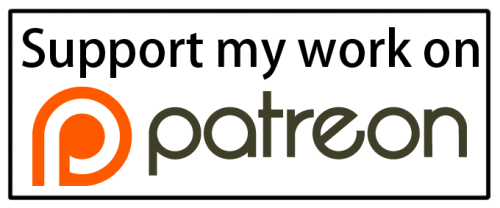Also by the way the future fines will be much bigger.
Universities could face multi-million-pound fines for breaches of freedom of speech rules, the Office for Students (OfS) said.
The University of Sussex was fined £585,000 after the OfS said its equality policy – which included rules to “positively represent trans people” – could prevent staff and students voicing opposing views. Sussex was investigated after Prof Kathleen Stock left the university in 2021 accused of transphobia.
Arif Ahmed, OfS director for freedom of speech, said the fine could have been as high as £3.7m and there was “potential for higher fines in the future”.
…
The University of Sussex was the first to be fined under new powers given to the OfS in January.
The higher education regulator’s investigation examined the university’s trans and non-binary equality policy, which said that course material must “positively represent trans people and trans lives” and also said “transphobic propaganda… [would] not be tolerated”.
The watchdog said the “chilling effect” this would have on anyone wanting to voice an opposing view meant the university failed in its duty to uphold freedom of speech on campus.
The tricky thing about trans ideology is that it doesn’t rest on the usual “X people are not bad or inferior/X people are equal/X people should not be singled out for persecution.” It rests on an obvious, absurd, intrusive fiction. That makes trans activism radically different from feminist activism, anti-racism, anti-war activism, labor organizing. One doesn’t have to adopt any bizarre beliefs to campaign for women or workers or immigrants or Other races. But the trans thing is a whole different kettle of fish. First there’s the absurd fiction part (see above) and then there’s the coerced belief part. Both of those are a tough sell, and thus both of them involve a lot of coercion and downright bullying. To the followers of trans ideology that’s part of the fun, but to everyone else that makes the movement exceedingly unattractive. That in turn makes it extra infuriating when university bosses punish people for not submitting to what the movement tells them to submit to.
The University of Sussex plans to legally challenge the OfS findings, vice-chancellor Prof Sasha Roseneil said.
The OfS investigation into the University of Sussex started with the case of Prof Stock in 2021. The OfS report concluded that Prof Stock “felt unable to teach certain topics” and feared disciplinary action as a result of the university’s policy.
Describing the judgement as an “unreasonably absolutist definition of free speech”, the university said the ruling would leave institutions “powerless to prevent abusive, bullying and harassing speech”. The OfS, it added, had pursued a “vindictive and unreasonable campaign” against the university.
Yes but this is the problem – who is really doing the bullying here? Is it the people who don’t want to be ordered to sign up to a fatuous ideology? Or is it the people punishing the people who reject the fatuous ideology?
To belabor the point, it’s not all that hard to accept that in general people should be treated as equals. It’s somewhat hard for people who have been raised to think some kinds of humans should be treated as inferiors, but we’ve seen those people learn better over the past several decades. No really: we have. If you don’t believe me just watch some old movies, say from the 60s & 50s & 40s. Watch and flinch. Learning better is an attainable goal. Lots of people refuse, of course, which is why we’re stuck with Trump yet again, but it’s that they refuse, not that it’s impossible.
But campaigns for “trans rights” aren’t like that. They can’t be like that, because their demands are radically different and the arguments for them are less than convincing.
So, to sum up, the University of Sussex is in for a bumpy ride.
